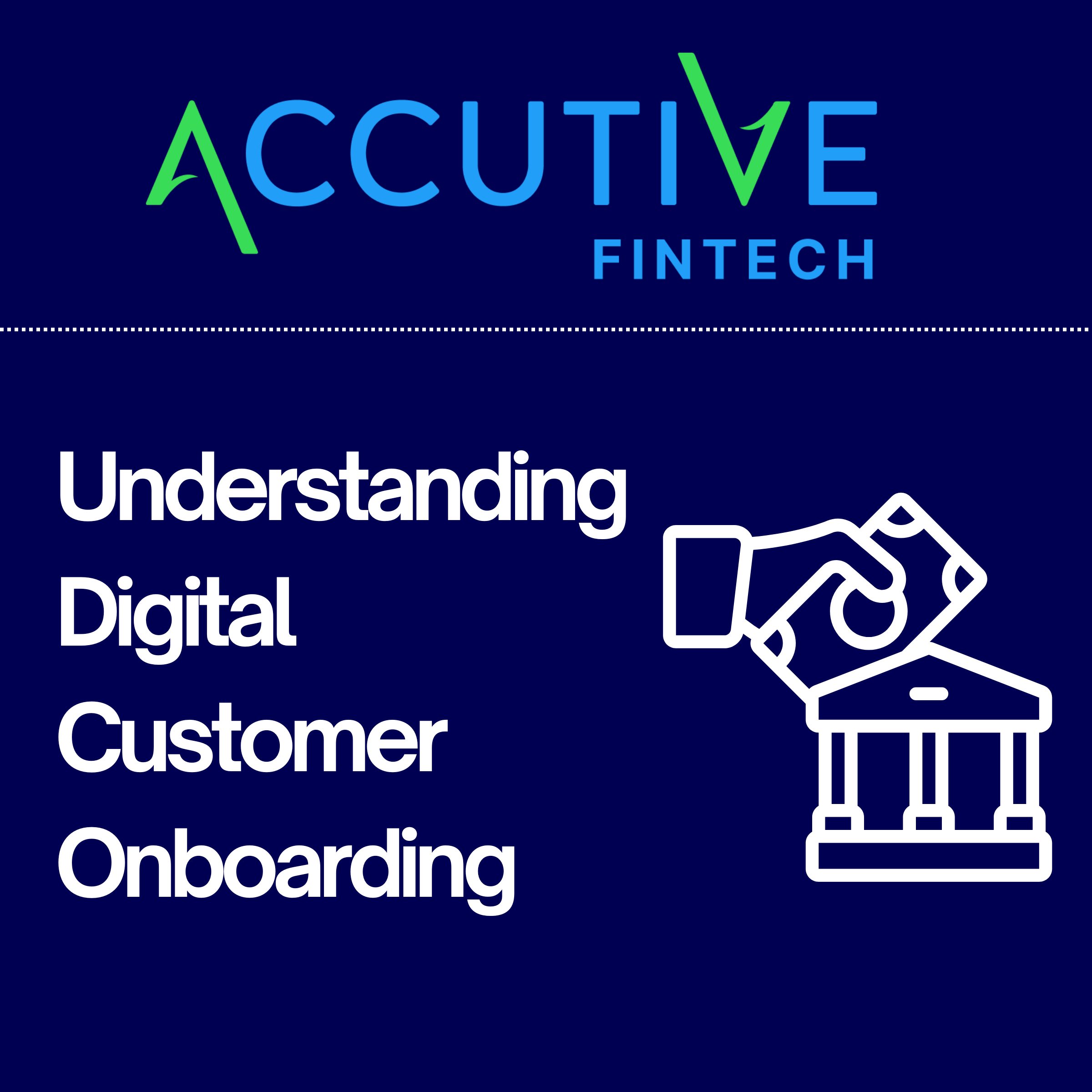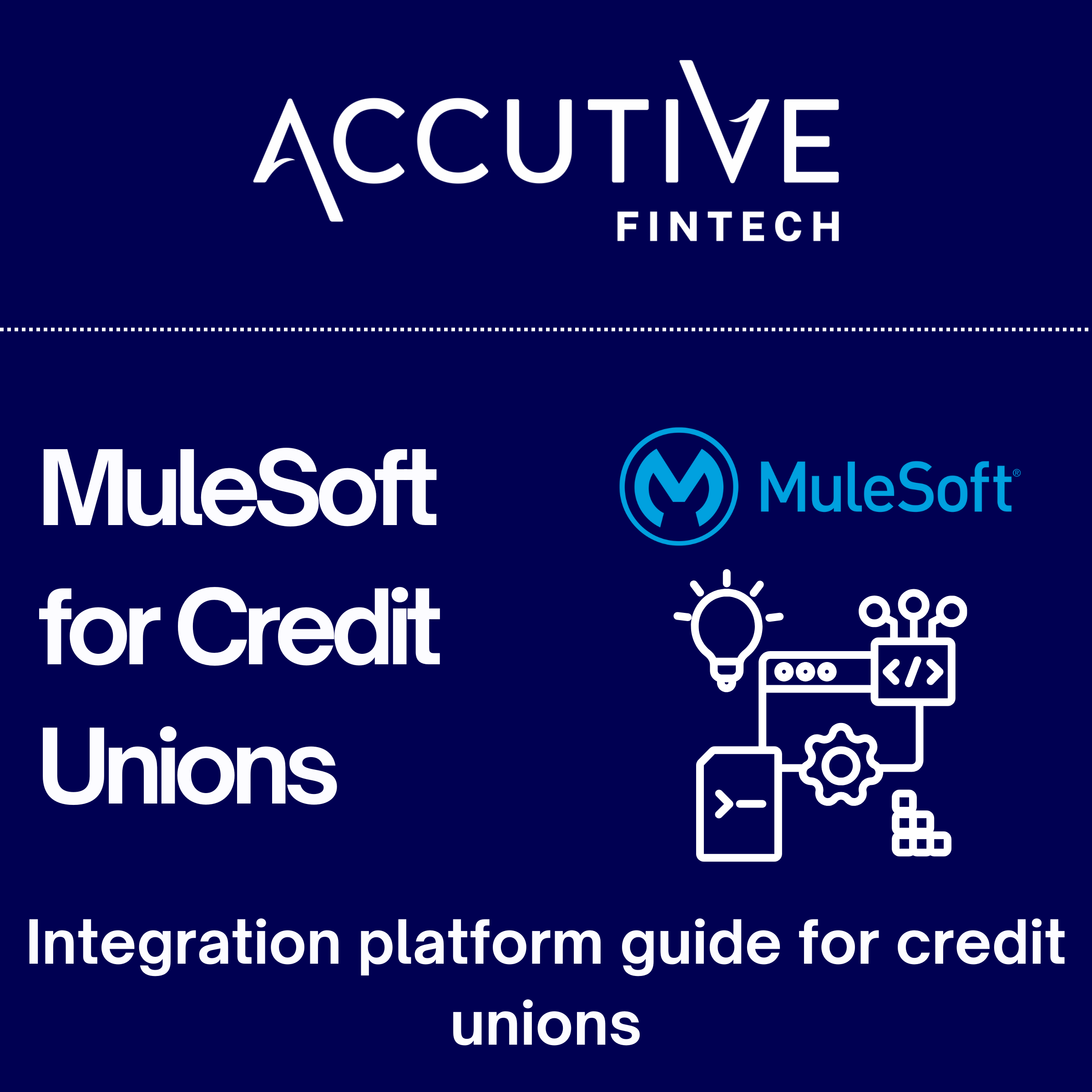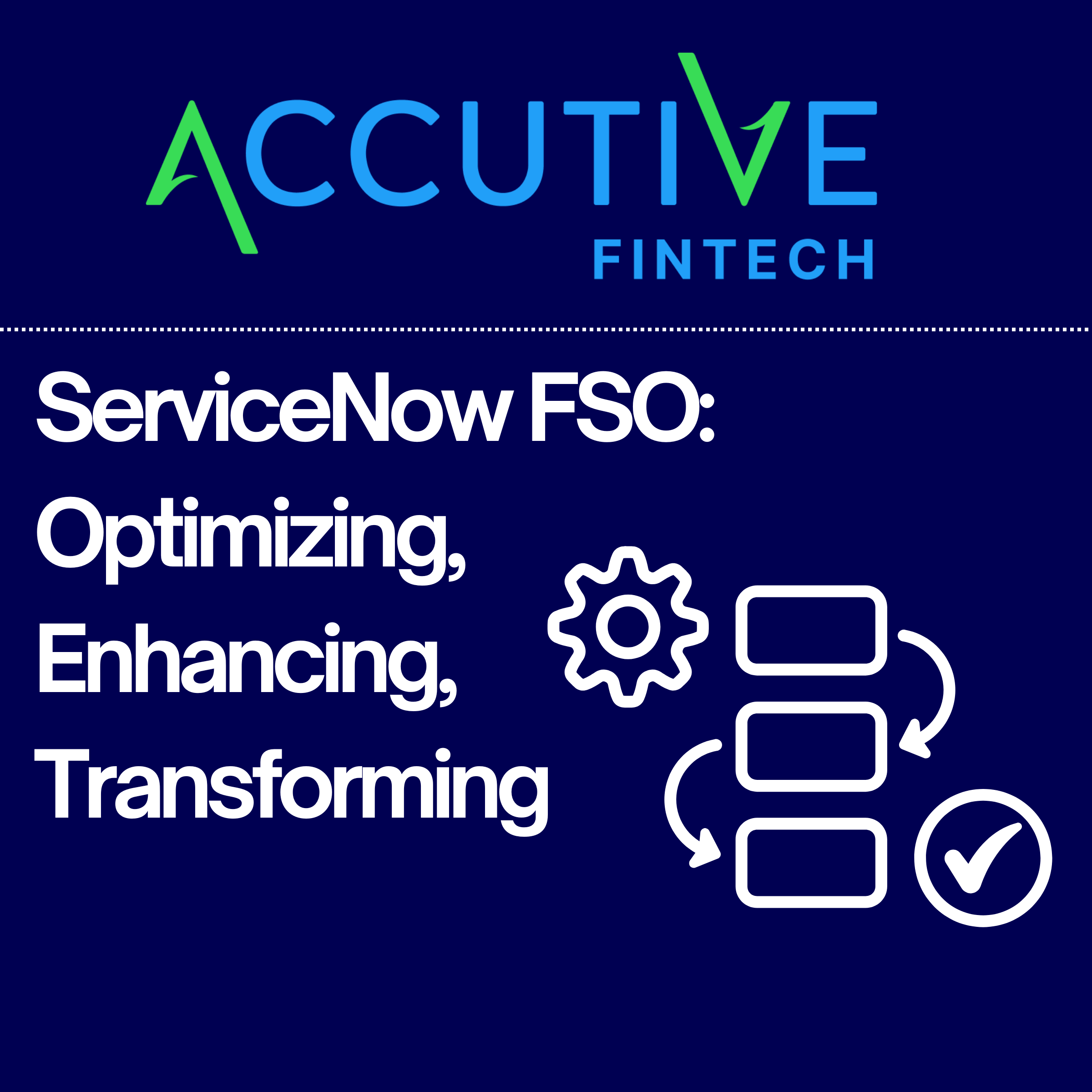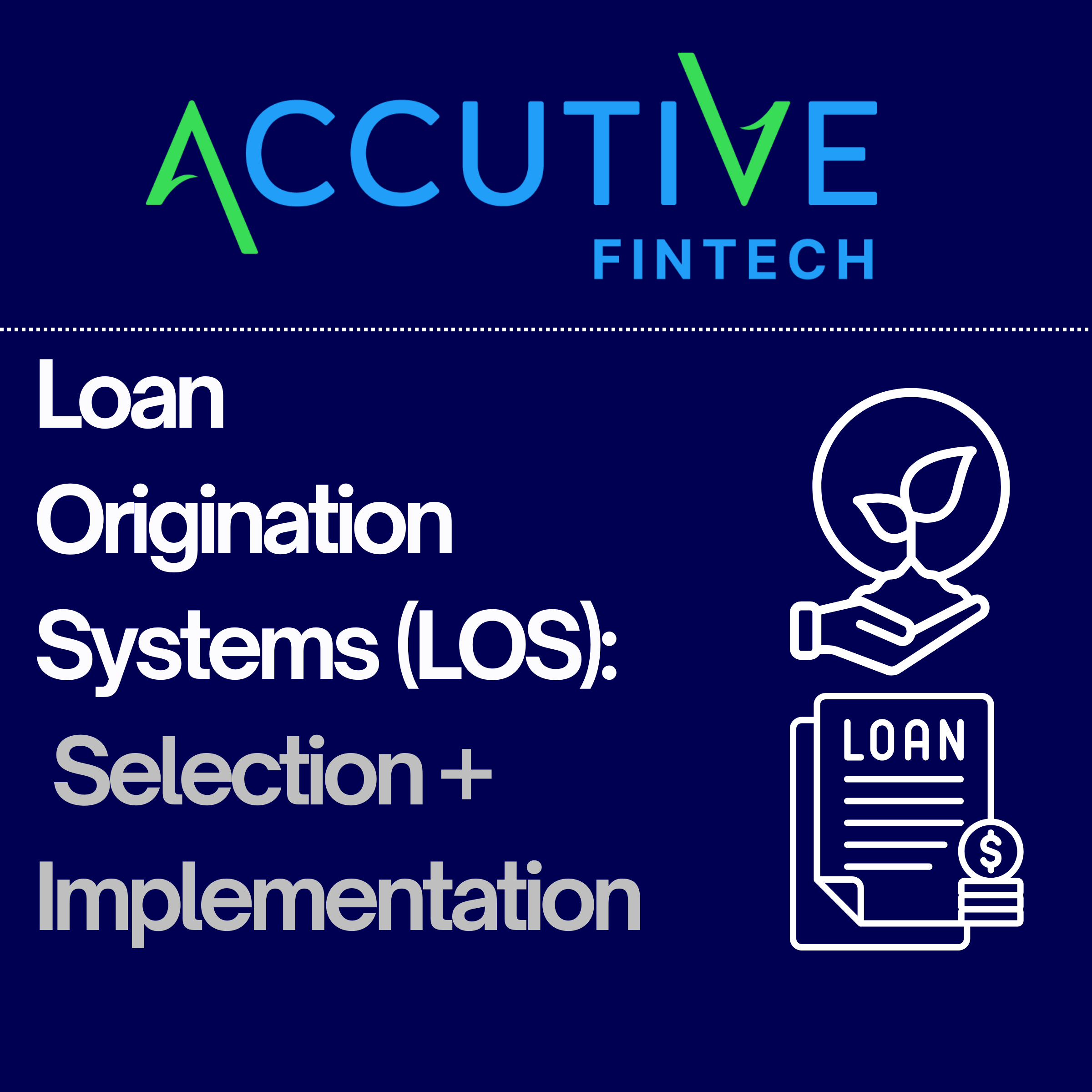What is Digital Customer Onboarding?
Digital customer onboarding (or digital member onboarding for credit unions) is the complete, end‑to‑end journey that transforms a prospect into a fully active customer or member entirely through online or mobile channels. It extends beyond simply approving an account: the customer is verified, funded, issued credentials, and guided through first use, often within minutes.
The digital customer onboarding flow should be tailored to your financial institutions’ needs, but typically includes these stages:
- Discovery & Product Selection
- Identity Verification, KYC, Fraud Checks and AML, using solutions such as Alloy
- Application Data Capture and Consent, using solutions such as Prove
- Decisioning, Funding, and Product Creation
- Activation (e‑statements, card provisioning, digital banking enrollment)
- Early‑Life Engagement (personalized offers, welcome emails, in‑app tips)
For credit unions, the member sign up process for non-members will be included as part of the digital member onboarding process.
What is the Difference Between Digital Customer Onboarding and Digital Account Opening?
Digital account opening (DAO) and digital customer onboarding are sometimes referred to synonymously; however, there are key distinctions between the two processes. When looking to enhance their digital experience, financial institutions often confuse the two, and opt for a DAO solution when they would really benefit from a digital customer onboarding solution.
|
Digital Account Opening (DAO) |
Digital Customer Onboarding |
|
|---|---|---|
|
Scope |
Opens a single product—often a deposit account |
Covers every step from product choice to first successful transaction |
|
“Finished” When |
Core system shows a new account |
Customer has funded and used the product; CX data flows into CRM |
|
Key Metrics |
Completion %, approval %, time‑to‑approve |
Time‑to‑first‑transaction, 90‑day retention, cross‑sell uptake |
|
Typical Tools |
Point DAO vendors or home‑grown portals |
Comprehensive onboarding platforms paired with CRM, analytics, and workflow engines |
Takeaway: DAO is a critical subset of the launching or expansion of a customer or member relationship, whereas digital customer onboarding deals holistically with the entire process of relationship initiation and growth. A common mistake made by financial institutions is narrowly focusing on the account opening piece, while ignoring the rest of the journey. The result is often unfunded accounts that are actually incurring charges, while providing no revenue.
Common Digital Customer Onboarding Challenges
Digital customer onboarding delivers speed and convenience, but success hinges on more than putting forms online. Banks and credit unions must overcome the operational, technical, and cultural obstacles that still push applicants back to the branch or cause them to abandon applications altogether.
|
Challenge |
Impact on Banks & Credit Unions |
|---|---|
|
Fragmented Identity Proofing |
Inconsistent KYC results trigger manual reviews and abandonment. |
|
Poorly Designed, Lengthy Forms |
High abandonment rates. |
|
Compliance Bottlenecks |
Manual OFAC/PEP checks slow approvals. |
|
Poor Accessibility |
WCAG gaps risk penalties and exclude users. |
|
Limited Funding Options |
Clunky or delayed funding, such as ACH micro‑deposits, can extend time‑to‑cash by days. |
|
Data Silos |
Onboarding data remains isolated from CRM and analytics. |
|
Limited Integrations |
Failure to integrate with leading FinTechs to improve the customer or member experience. |
Although high abandonment rates are frequently cited as the primary issue, the challenges of digital customer onboarding are not resolved once the account is opened. Unfortunately, a significant proportion of accounts opened online remain unfunded. Research indicates that digital accounts are more than 10 times more likely to be unfunded than accounts opened in-branch. Among those digitally opened accounts that are funded, the average opening balance is significantly lower than a branch-originated account. For banks and credit unions, digital onboarding is much more cost-effective than in-branch openings. This cost advantage is significant, but dependent upon the digital accounts being successfully funded and utilized by the customer or member. Building a more holistic digital onboarding process helps close the gap between digital and in-branch account openings, and drive higher initial funding.
Key Capabilities of Modern Digital Customer Onboarding Platforms
Modern digital customer onboarding platforms are sophisticated systems designed to create smooth, secure, and efficient experiences for new customers while managing risk and compliance for the organization. They go beyond simple form-filling, incorporating a range of integrated capabilities. Here are some of the most critical features:
Built-In Compliance & Fraud Controls:
- What it is: Effective onboarding isn’t just about speed; it’s about security and regulatory adherence. Modern platforms embed various checks directly into the workflow, often orchestrating these through specialized identity decisioning platforms like Alloy, which connect to multiple data sources to manage KYC, AML, and fraud checks within a single workflow. These checks include utilizing device intelligence, document verification (using AI to confirm ID authenticity), sanctions screening (checking global watchlists), behavioral analytics, and leveraging specific identity verification methods such as Prove’s phone-centric identity signals to cryptographically confirm user identity and assess risk based on phone tenure and behavior.
- Why it matters: Integrating these controls seamlessly prevents onboarding fraudulent or high-risk individuals, ensures compliance with regulations (like KYC/AML), and builds trust with legitimate customers. Using orchestration platforms and specialized providers allows businesses to layer multiple defenses and adapt their risk strategies without overhauling the entire onboarding flow.
Real-Time Integrations:
- What it is: Onboarding doesn’t happen in a vacuum. Leading digital customer onboarding platforms offer pre-built connectors (adapters) or robust APIs to link seamlessly and in real-time with essential backend and third-party systems. This includes core banking/processing systems, payment gateways, card processors, credit bureaus, and specialized identity services such as identity decisioning and risk management platforms like Alloy or phone-based verification and authentication APIs like those offered by Prove.
- Why it matters: Real-time integrations enable straight-through processing (STP), where applications can leverage data from multiple sources instantaneously to be processed, verified, and approved automatically without manual intervention. This drastically reduces turnaround times, minimizes data entry errors, lowers operational costs, and allows customers to access their new accounts or services almost instantly.
Omnichannel Continuity:
- What it is: Recognizing that customers interact across multiple channels, modern platforms ensure a consistent and continuous experience. An applicant might start an application on their mobile phone during a commute, pause, and later resume on their desktop computer at home, or even visit a physical branch or contact a call center to complete a specific step, all without having to restart the process or re-enter previously provided information.
- Why it matters: This flexibility significantly improves the customer experience and reduces abandonment rates. It caters to user preferences and circumstances, acknowledging that the onboarding journey might not always be completed in a single session or on a single device. It requires a unified view of the customer’s progress across all touchpoints.
Analytics & A/B Testing:
- What it is: Continuous improvement requires data. These platforms capture detailed event-stream data on how users interact with the onboarding process – where they succeed, where they struggle, how long they spend on each step, and where they drop off (including potential drop-offs during specific verification steps managed by integrated tools). This data feeds dashboards that visualize conversion funnels and identify bottlenecks. Furthermore, integrated A/B testing tools allow teams to experiment with different versions of screens, workflows, or messaging to see which performs better.
- Why it matters: This data-driven approach enables organizations to pinpoint friction points in the journey and make informed decisions to optimize the user experience (UX). Continuous A/B testing helps systematically improve completion rates, reduce user frustration, and maximize the efficiency of the onboarding funnel.
Accessibility & Localization:
- What it is: To serve a diverse customer base and meet legal requirements, modern platforms prioritize inclusivity. This involves adherence to accessibility standards like WCAG 2.1 (Web Content Accessibility Guidelines), ensuring usability for people with disabilities (e.g., screen reader compatibility, keyboard navigation). It also includes support for multiple languages (language packs) and responsive design, which automatically adapts the layout for optimal viewing on different screen sizes (desktops, tablets, phones).
- Why it matters: Accessibility expands the potential customer base and mitigates the legal and reputational risks associated with non-compliance. Localization allows businesses to effectively serve customers in different regions, while responsive design ensures a consistent and usable experience regardless of the device used.
Personalized Engagement Triggers:
- What it is: The onboarding process isn’t just about opening an account; it’s the start of the customer relationship. Modern platforms often integrate with CRM (Customer Relationship Management) or CDP (Customer Data Platform) systems. This allows for automated, personalized actions to be triggered the moment an account is successfully opened (following successful verification and approval) or even at key milestones during onboarding. Examples include sending a tailored welcome email, offering relevant next-best products or services, providing nudges to complete profile setup, or delivering contextual tutorials.
- Why it matters: These timely and relevant engagements help smoothly transition the customer from onboarding to active usage. They can drive immediate value, increase product adoption, deepen the customer relationship from day one, and capitalize on the initial excitement of becoming a new customer.
Choosing your Digital Customer Onboarding or DAO Solution
As highlighted above, there are key distinctions between digital customer onboarding and digital account opening solutions. While the latter focuses on efficient and streamlined account opening in a low-maintenance manner, digital customer onboarding solutions are generally more holistic and provide the framework for the entire onboarding process. For many smaller credit unions (<$1 Billion in Assets), a streamlined, low-lift DAO solution that can be implemented quickly at an affordable price point is ideal. Conversely, larger banks and credit unions typically opt for a fully featured digital customer onboarding platform to provide an enhanced end-to-end customer or member onboarding experience.
|
Platform |
Primary Classification* |
Ideal Institution Profile |
Core Strengths / Scope Highlights |
|---|---|---|---|
|
Temenos Journey Manager |
DCO (full digital customer onboarding) |
Mid‑size to large banks & credit unions running multi‑product (deposit, loan, wealth) journeys |
Journey builder; global compliance packs; broad adapters (Temenos Transact, Jack Henry, Fiserv, FIS); analytics and personalization that extends well past account creation |
|
Backbase Engagement Banking |
DCO |
Institutions seeking a single omnichannel portal across retail, business & wealth |
Composable micro‑front‑ends; strong marketing/loyalty modules; automated, AI‑driven onboarding through activation and early‑life engagement |
|
nCino Commercial / Retail Onboarding |
DCO (when full onboarding modules deployed) |
Banks on Salesforce Cloud Banking needing deposit and loan onboarding in one stack |
Native Salesforce data model; shared CRM & analytics; supports doc collection, treasury setup, and cross‑sell after approval |
|
FIS Digital One (full suite) |
DCO (suite) / DAO (Online Account Open module only) |
FIS‑core institutions |
Real‑time core integration; configurable KYC; full “sales & service” when additional Digital One modules are licensed |
|
MANTL (Alkami) |
DAO‑centric with some DCO capabilities |
U.S. community banks & CUs (< $50 B assets) targeting quick‑win consumer & SMB deposits |
SaaS go‑live in 12–16 weeks; turnkey KYC/fraud; focus on deposit account creation and funding (ensures 100% account funding); track record of automated decisioning and large initial funding |
|
Q2 Gro |
DAO‑centric |
Credit unions & regional banks prioritizing rapid consumer deposit growth |
Mobile‑first UX; marketing analytics; optimized for high‑velocity account openings |
|
nCino Deposit Account Opening |
DAO‑centric (single‑product module) |
Institutions already using nCino for lending who want fast deposit account creation |
“Three‑minute” deposit account promise; relies on separate nCino or Salesforce tools for post‑approval engagement |
|
FIS Online Account Open |
DAO‑centric (module) |
FIS core users needing integrated retail deposit origination |
Tight core linkage; configurable KYC; journey largely ends at funded account |
Classification key:
DAO‑centric: Primarily opens and funds an account; but may have more advanced onboarding features.
DCO (Digital Customer Onboarding): Orchestrates the entire journey—from product selection through activation and early‑life engagement—often across multiple products.
Elements of a Winning Onboarding Experience
Regardless of which Digital Account Opening (DAO) or Digital Customer Onboarding (DCO) platform you deploy, high‑performing journeys share several core ingredients. Focus on these elements to maximize conversion, funding rates, and early‑life engagement.
|
Key Element |
Why It Matters |
Actionable Practices |
|---|---|---|
|
Customer‑Centric Design |
Clear, intuitive flows cut abandonments. |
|
|
Progressive Data Capture |
Smaller steps reduce effort and errors. |
|
|
Adaptive KYC & Fraud Controls |
Security without friction boosts approval. |
|
|
Real‑Time Core & Fintech Integrations |
Instant funding drives early use. |
|
|
Personalized Early‑Life Engagement |
Tailored nudges lift 90‑day activity. |
|
|
Analytics for Continuous Tuning |
Data‑driven tweaks raise conversion. |
|
Why Seamless Onboarding is Essential
Initial Customer / Member Satisfaction: Frictionless onboarding creates the positive first impression that fosters long-term customer loyalty.
Competitive Advantage: Impress today’s tech-savvy customers who are seeking a modern banking experience, giving you an edge in acquiring and retaining clients.
Maximized ROI: Strong initial funding results get your customer / member relationships off on the right off. Additionally, quality-focused digital processes minimize manual work, leading to long-term operational savings.
Accurate Data: Ensuring that your customer data is verified, clean and reliable from the start, for marketing, operational, and compliance reasons.
Fraud Protection: Implement thorough identity verification within your digital onboarding process and mitigate risks for your bank or credit union.
Accutive FinTech: Your Quality-First Partner for Digital Onboarding
Proven Track Record: Accutive FinTech has designed and implemented digital account opening and onboarding solutions for some of North America’s most impactful banks and credit unions. With the financial institution’s business needs in mind, our experts design seamless onboarding flows that are user-friendly, defect free and easily maintainable.
Rock-Solid Integrations: Ensure secure, reliable data exchange between your chosen DAO / DCO and your core systems. Accutive FinTech employs core banking integration experts with extensive experience securely unlocking core banking data.
Data-Driven Optimization: Tap into powerful digital onboarding analytics capabilities and use these insights to continuously improve your onboarding processes.
Quality is the Difference
Seamless customer onboarding isn’t optional; it’s fundamental to your digital banking strategy. Choose Accutive FinTech for quality-driven digital customer onboarding implementations that put your customers first and set your bank or credit union up for long-term success.







